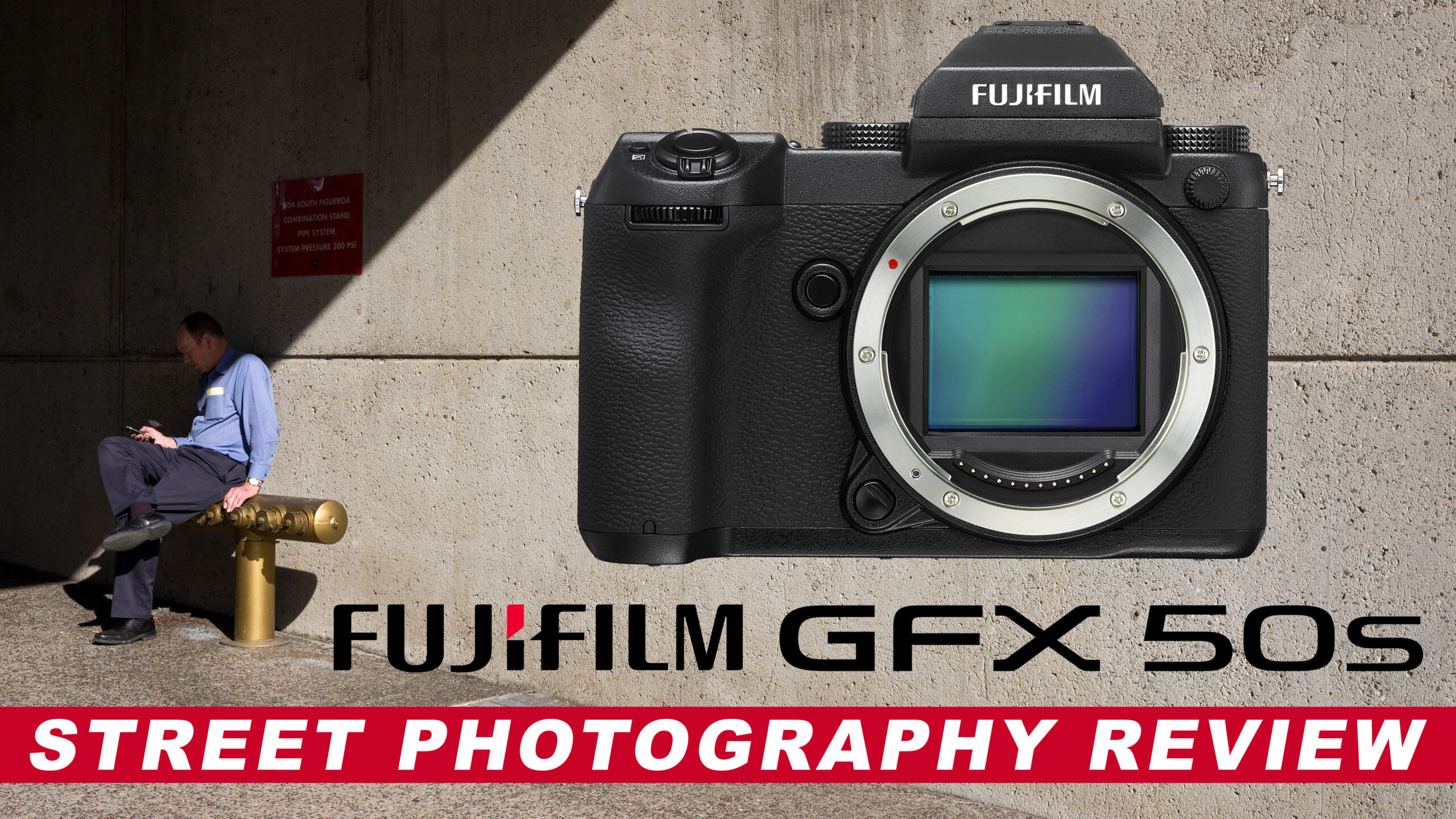Fuji took the photography world by storm when they announced the GFX. This 51.4 megapixel medium format shooter looked like a dream come true but a lot of photographers wondered if such a large camera could work as a street shooter? That’s where I come in! Hit the jump for my Fuji GFX street photography review!
Fuji GFX Street Photography Video Review
I really had an amazing time shooting Fuji GFX street photography over the past few weeks. The camera was responsive and the Fuji DNA was evident in every aspect of its operation. And don’t even get me started on the image quality… Damn, this thing is gorgeous!
Let’s have a look at some of the things that really made the Fuji GFX 50s stand out as a street photography camera.
Fuji GFX – It’s Medium(ish) Format
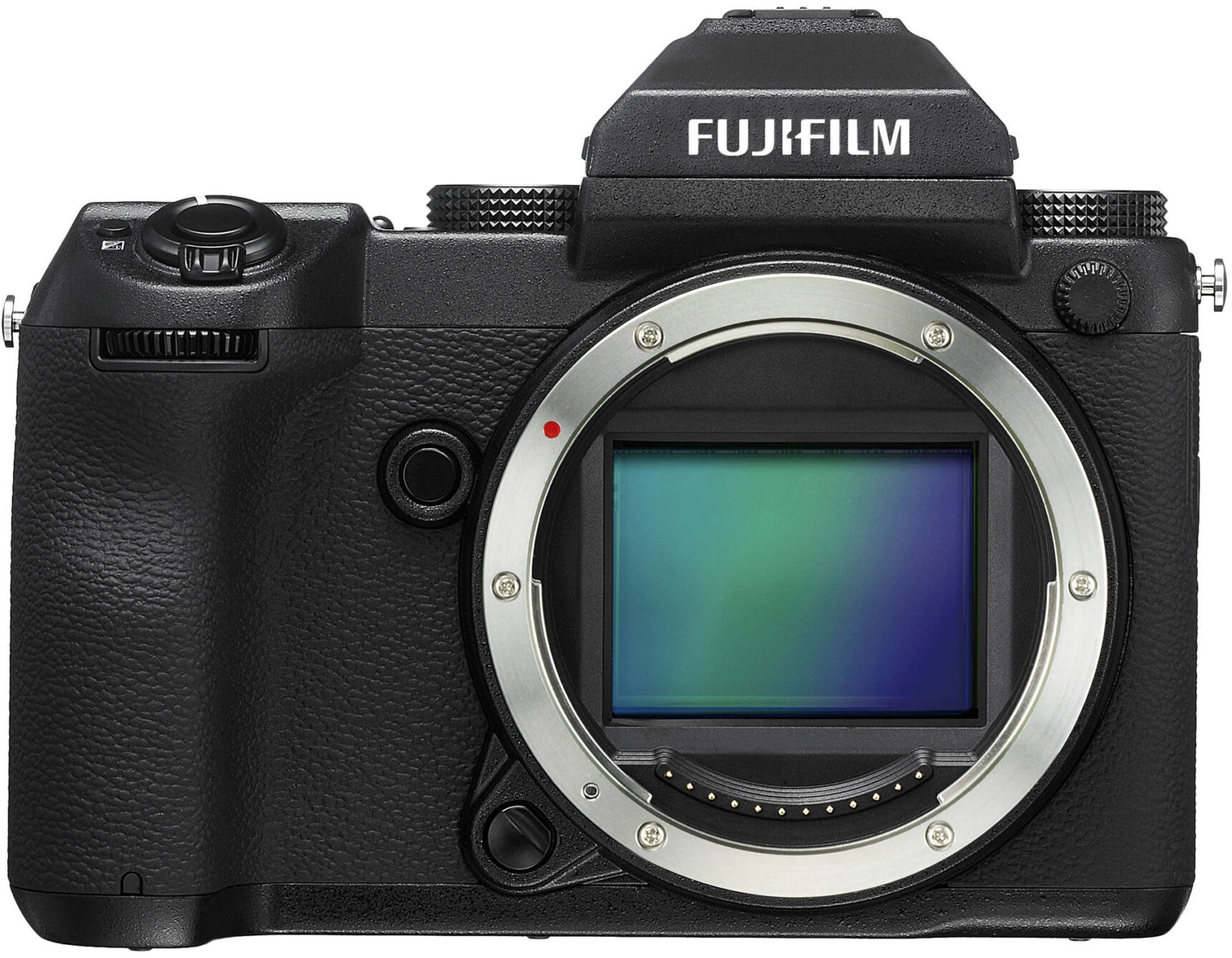
The heart of the Fuji GFX 50s is a 51.4 megapixel medium format sensor. Well, medium(ish) format. Let me explain.
I’m an old film guy so when somebody says medium format, my mind goes straight to 645, 6×6 or 6×7 negatives. These are the standard medium format film sizes and even the smallest 645 negative is still bigger than the sensor in the GFX. So is it really medium format? Well, the Fuji GFX sensor is still huge compared to a full frame sensor so it seems there’s a new kind of new medium format on the block. Let’s just call it “digital medium format” and be done with it.
The Fuji GFX wasn’t the first digital medium format camera to hit the market. The Pentax 645Z was released way back in 2014 and the Hassleblad X1D had been out for nearly a year before Fuji brought the GFX to market. But none of these previous cameras had the Fuji DNA that makes this camera infinitely more usable than anything else on the market.
Anyone who’s ever shot with a recent Fuji X series camera will feel right at home. The controls are logically thought out and the camera seems to have been designed as a tool for photographers from the ground up.
Does A Street Photography Camera Need To Be Small?
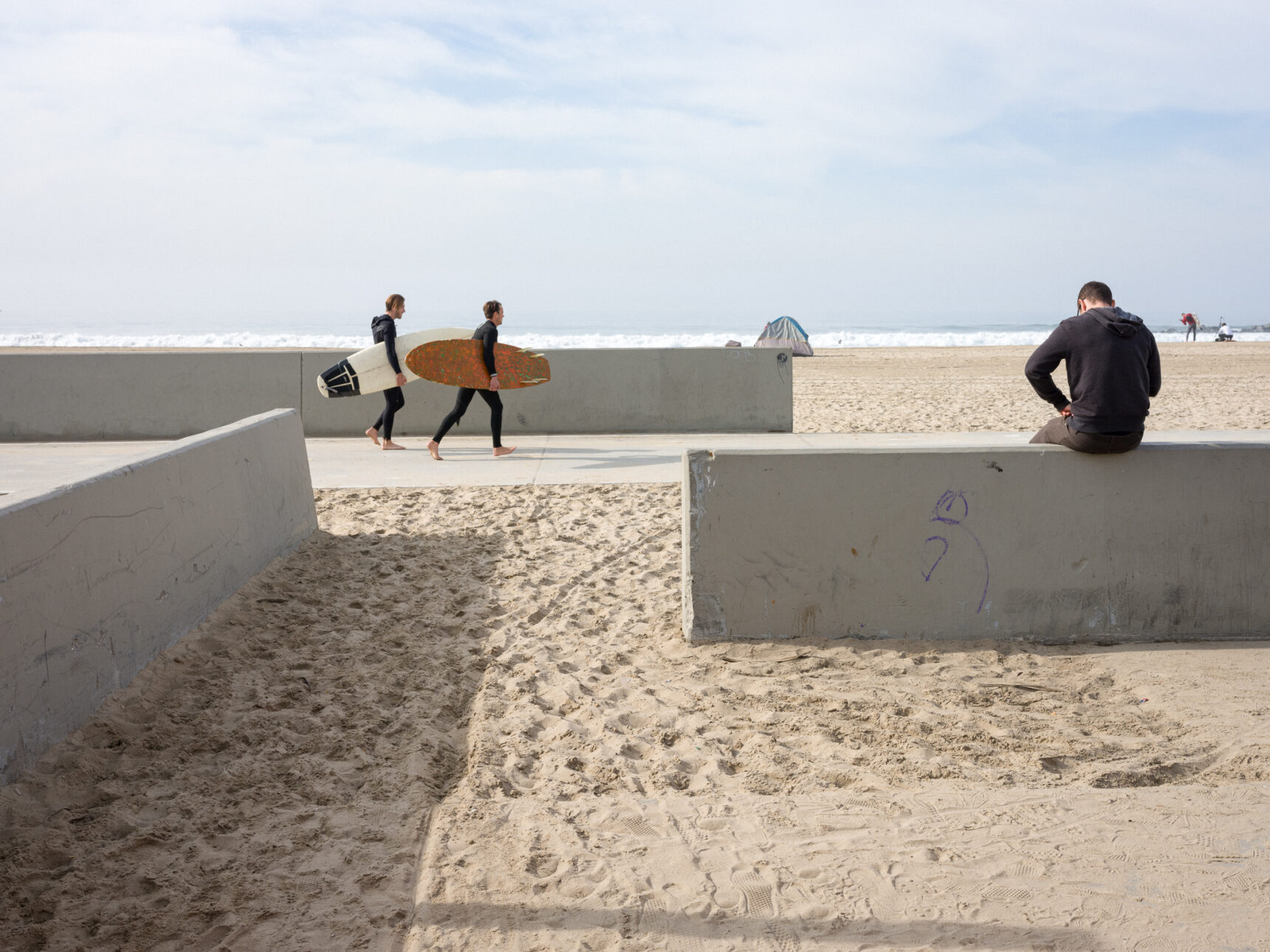
It’s a common belief that street photography cameras have to be small and stealthy to capture life unaffected. But having a small camera doesn’t make you invisible on the street. People can see you either way so embrace the excersise and enjoy the tool you have in your hand.
The Fuji GFX is a big camera but it’s well balanced and the controls are well thought out. It took a couple hours to get used to the new form factor but the camera feels like any other Fuji camera I’ve used so I felt right at home.
Shooting with a camera this big isn’t for the faint of heart but it really didn’t stand in my way.
Is The GFX Quick Enough For Street Work?
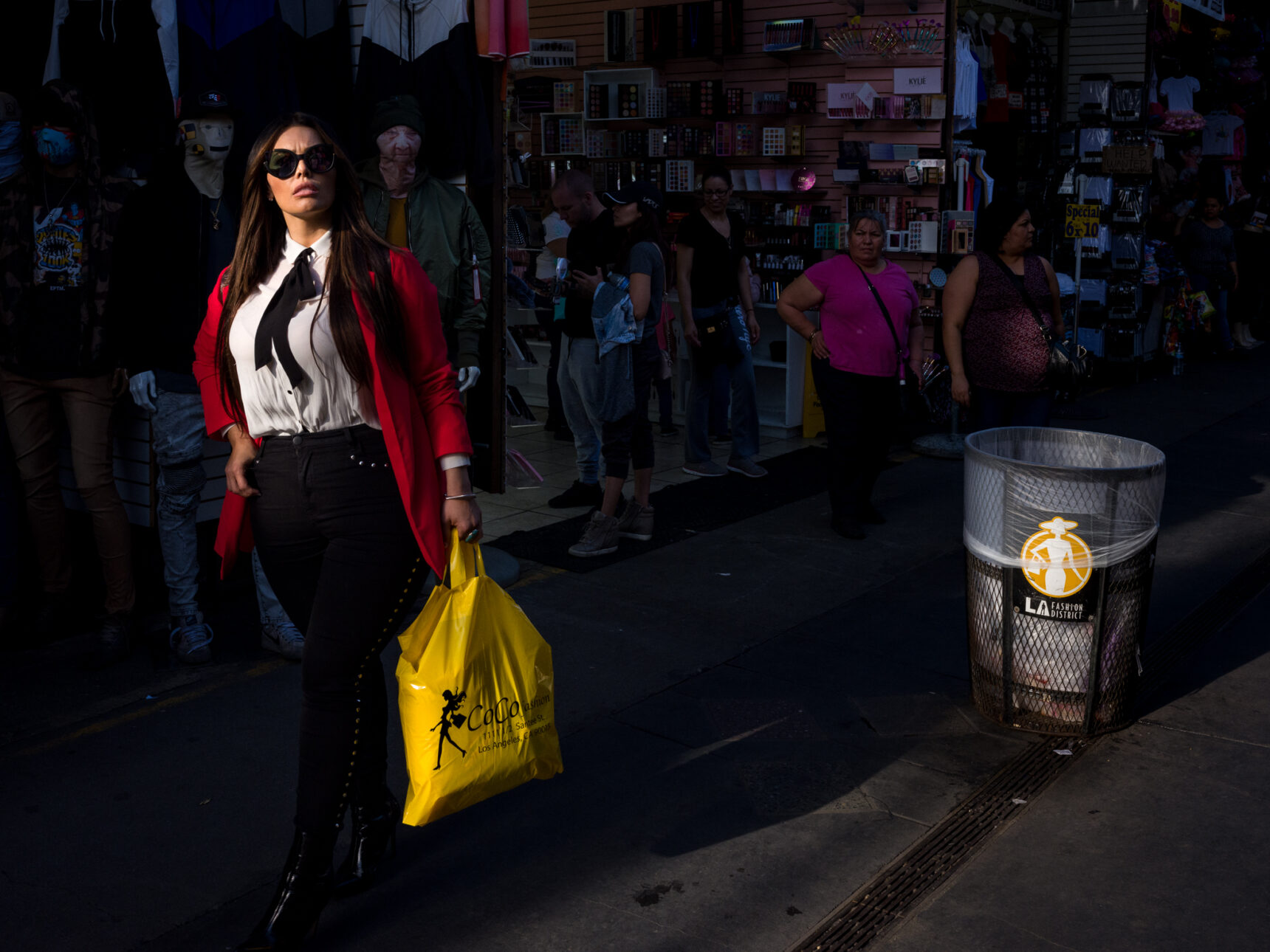
Fuji says the GFX shoots 3 frames per second. And while I’m sure it’s “capable” of shooting at this speed the practical speed is a bit less.
Once you hit the shutter the camera has to unload the tremendous amount of data from the sensor and I found everything got a touch sluggish while this happened. As a result I was able to shoot at around 1 frame per second which felt a lot like using a film Leica to me. Take a shot, wind the film, take the next shot.
Worked for Winogrand so how bad can that be?
Of course, modern cameras tend to be speed demons these days so I’m a bit spoiled and expect every new camera to be able to rifle off shots back to back without breaking a sweat. But if you hammer on the GFX shutter you’ll reach the camera’s limits pretty quickly. As a result, I found myself choosing my shots more carefully and thinking in terms of the decisive moment.
Don’t get me wrong! This camera is not sluggish in any way. In fact, compared to any of the other medium format cameras on the market the Fuji GFX is a speed demon. But compared to something the Fuji X-T2 and the GFX just can’t keep up.
It’s not a camera that is designed to be the fastest shooter on the planet. The GFX puts image quality first and I’m down with that!
I’m All About That EVF
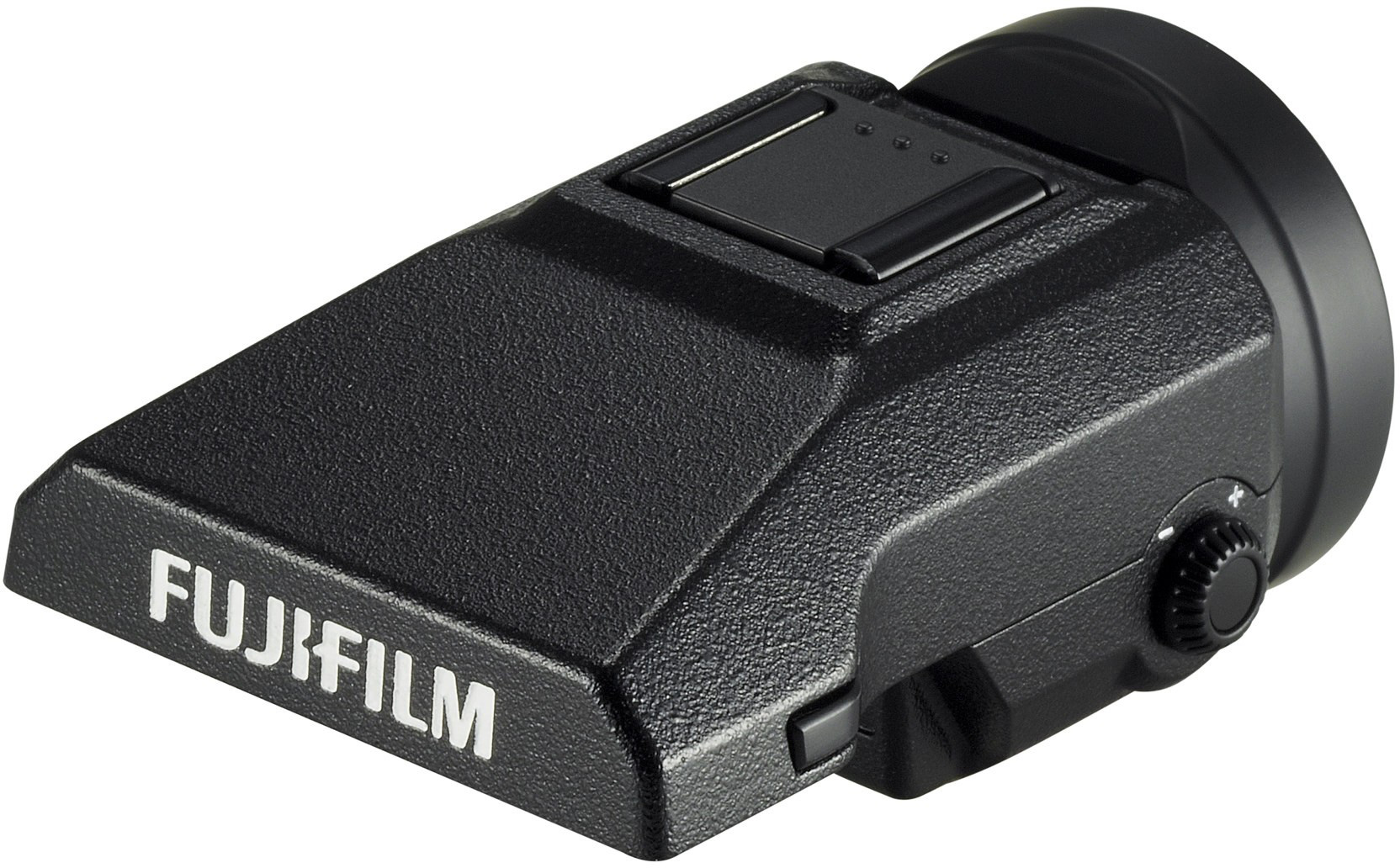
The Fuji GFX uses a .5 inch 3.69 million dot OLED EVF with .85x magnification. The image quality of this EVF is so good that it’s spoiled me for any other camera. All the little details in every scene were clearly depicted and the color quality was spot on.
My previous favorite EVF from Fuji was in the XT2 but the image quality was super contrasty with over-saturated colors. I generally had to dial down the picture style to make the world look a bit more natural in the viewfinder.
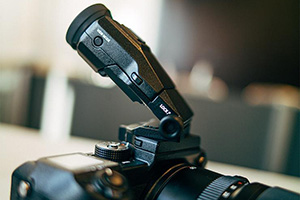
Not so with the GFX! Colors and contrast were depicted naturally and the EVF was good enough to judge exposure in the field. Can’t say enough positive things about this EVF!
Fuji made the EVF removable and you can add an attachment the lets you tilt the EVF up if you need to shoot looking straight down. Not something that I’d ever use on the street but the extra flexibility could come in handy for studio and landscape shooters.
Bigger Is Better
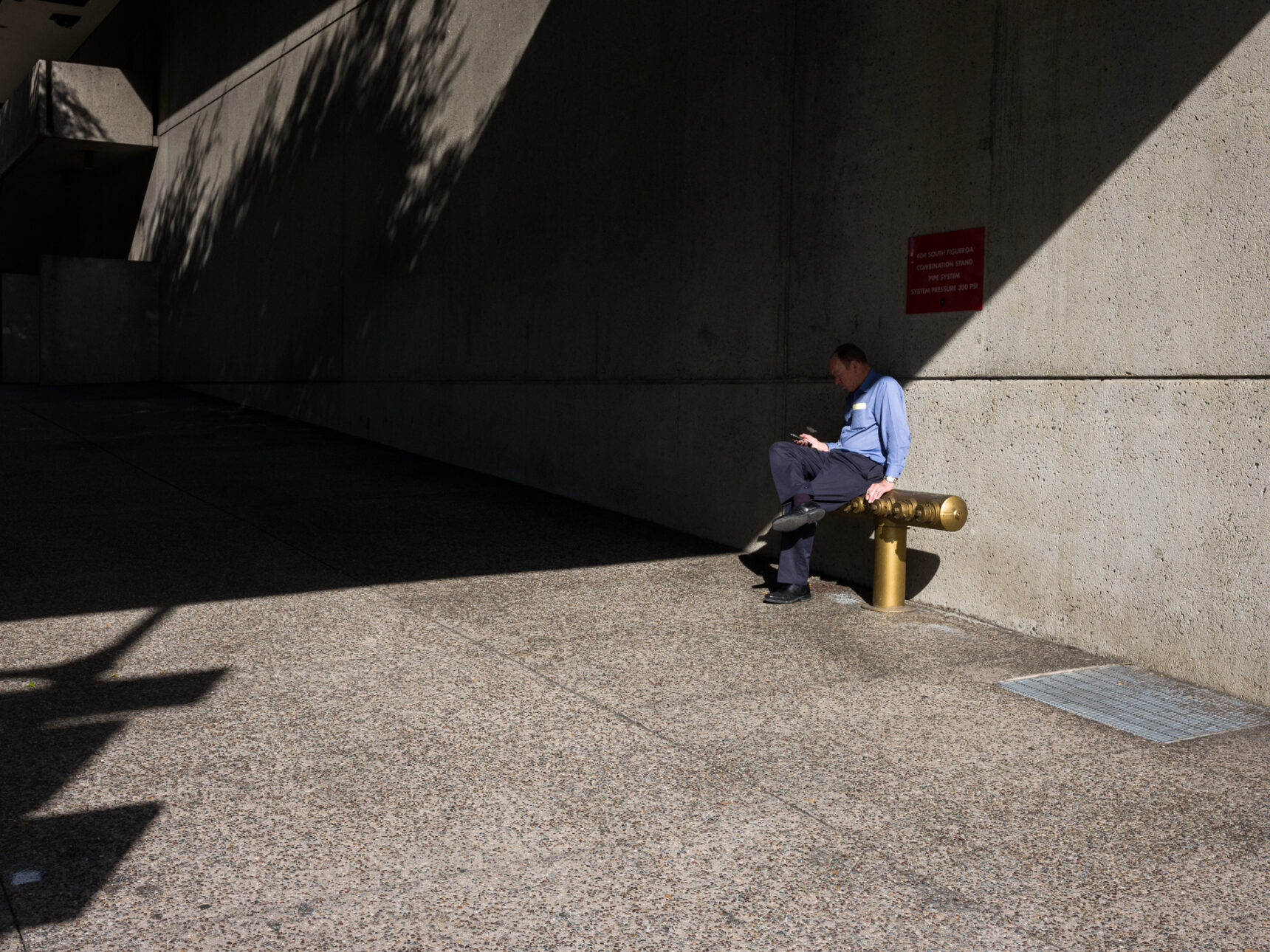
The star of the Fuji GFX street photography show has to be its 51.4 MP medium format sensor. But does anybody really need THAT much resolution?
Back in the old film days, photographers used medium or large format for a number of reasons. Maybe an art director wanted the ability to crop the image so the wanted extra room on the negative. Or a large format print job demanded a larger negative. The list could go on but most photographers would agree that medium format film created images with superior quality even if there were making smaller prints.
The idea was that the density of the grain just had more information. The gradation of tone was smoother and the final image felt like it had more “substance”. Now, I’m not sure how much of this is pure old timey photographer BS but it still kind of makes sense with digital medium format.
If there’s more information in the digital negative then there’s more information to use when the image is sized down for final output. Images from the Fuji GFX 50s have a weight and graceful precision that I don’t really see in full frame or APS-C sensors. This is entirely subjective but the files have some special magic going on which can’t be denied.
The photography industry has gone through a megapixel war, and a high ISO war. The next revolution in modern digital cameras is likely going to be based on medium and larger format sensors. You just can’t get the same mojo out of smaller sensors.
But It’s Not An X-Trans Sensor!
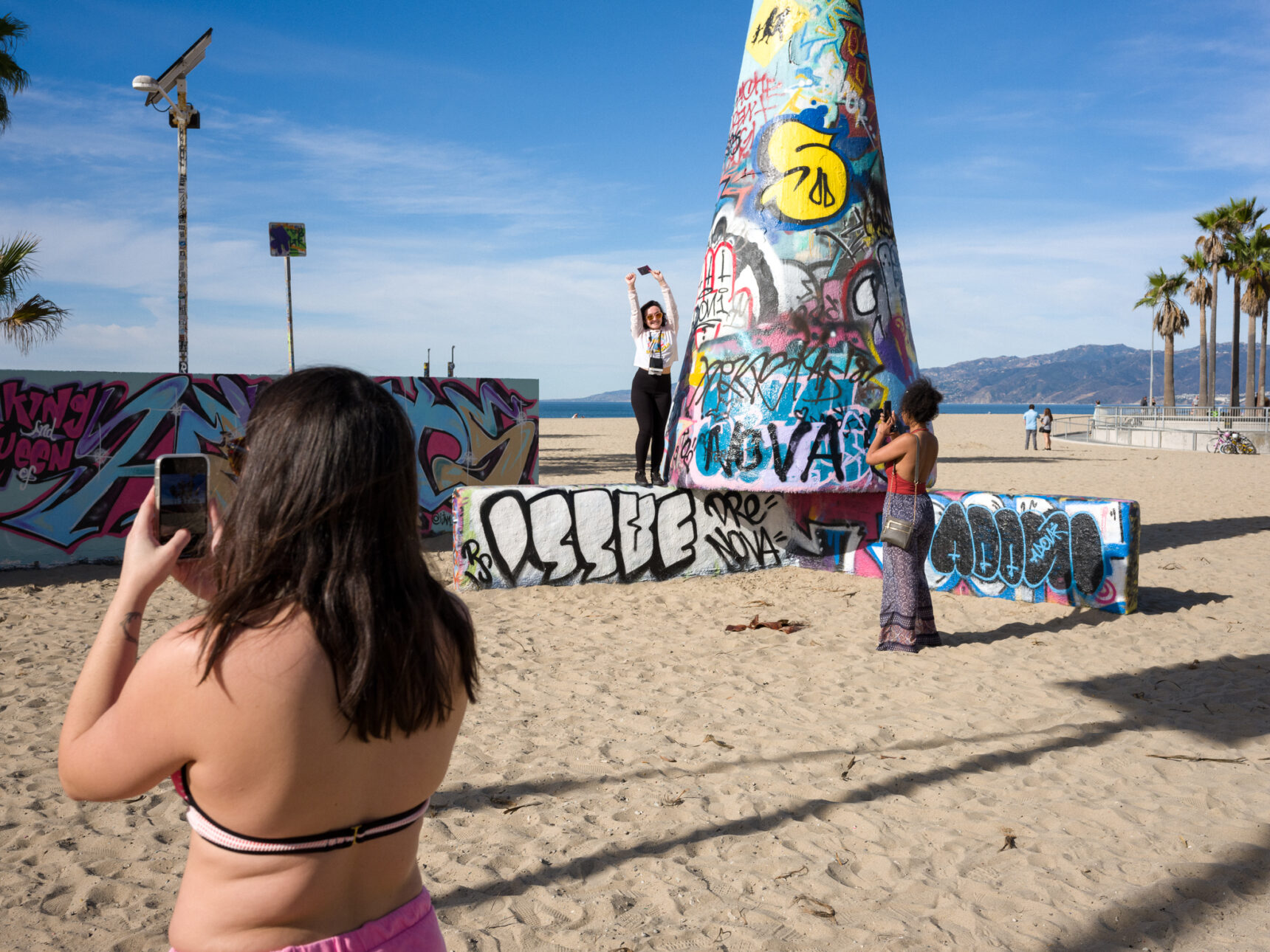
A lot of people were suprised to learn the Fuji GFX didn’t use an X-Trans sensor. Wait, What?! Didn’t Fuji just spend the last 6 years telling us that X-Trans was the ultimate in sensor technology? How could they not include it in the GFX?
Some reviewers speculated this was a cost saving measure designed to keep the Fuji GFX under $10,000 but that’s just not the case. I reached out to my contacts at Fuji and they said the question isn’t why “doesn’t” the GFX use an X-Trans sensor. It’s why APS-C cameras do.
Fuji prefers to release cameras without a low pass filter on the sensor. This produces superior sharpness and resolution but can also lead to moire in the final image. The X-Trans sensor’s unique pixel arrangment eliminates the moire and everyone is happy.
The GFX still avoids the low pass filter but its 51.4 megapixel sensor effectively out resolves moire. So it’s not an issue of cost savings. The X-Trans pixel pattern is just not needed on a sensor of this resolution.
Fuji GFX As A One Handed Camera

Again, this is not a tiny camera. But the Fuji DNA is present in every aspect of its design and it was clearly designed as a serious tool for photographers. It’s not perfect, but it’s pretty damn close.
I’m a grab and go kind of shooter. I keep my camera around my neck and have the lens set to its hyperfocal distance. If something interesting happens in front of me I quickly grab the camera with one hand and bring it to my eye. Get the shot and keep on moving.
I can confidently say that one handed shooters will feel instantly at home with the GFX. Grab the camera and it almost disappears in the task for which it was designed. Shooting with the GFX is a comfortable and fluid experience. And now that I’ve had to send my review sample back I find myself missing it every day.
Battery Life
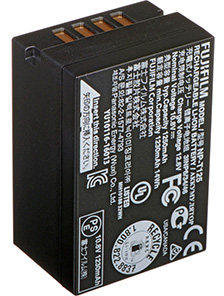
The GFX 50S uses the new Fuji NP-T125 battery. Before I talk about battery life I should talk about how I use my cameras on the street.
I typically leave the camera set to EVF only mode and powered on as I walk around the street. Depending what I see I might shoot anywhere from 1 to 100 shots per hour so most of the battery life is spent keeping the camera powered up and ready to shoot when I need it. If the camera goes to sleep then a quick half press of the shutter wakes it up and I’m back to shooting.
The Fuji GFX takes a few seconds to start up and I found myself waiting for the camera to wake from sleep and missing any potential shots. Fortunately the camera has a “Shooting Standby Mode” that keeps the camera always-on but powers down the LCD or EVF after a specified period of inactivity. A quick half press of the shutter and the camera was instantly ready to shoot without any startup delay. It uses a bit more power but I much prefer to have the camera ready when I needed it.
Using Shooting Standy Mode I was getting around 150-200 shots per battery and a typical 10 hour shooting day required about 2-3 batteries to be safe. The Fuji GFX 50s never felt like a battery hog but it’s a big camera with a huge sensor and it takes a bit of power to keep it running. I’d rather have an exra unusued battery in my bag than run out of power halfway through the day!
Fuji GFX Image Quality
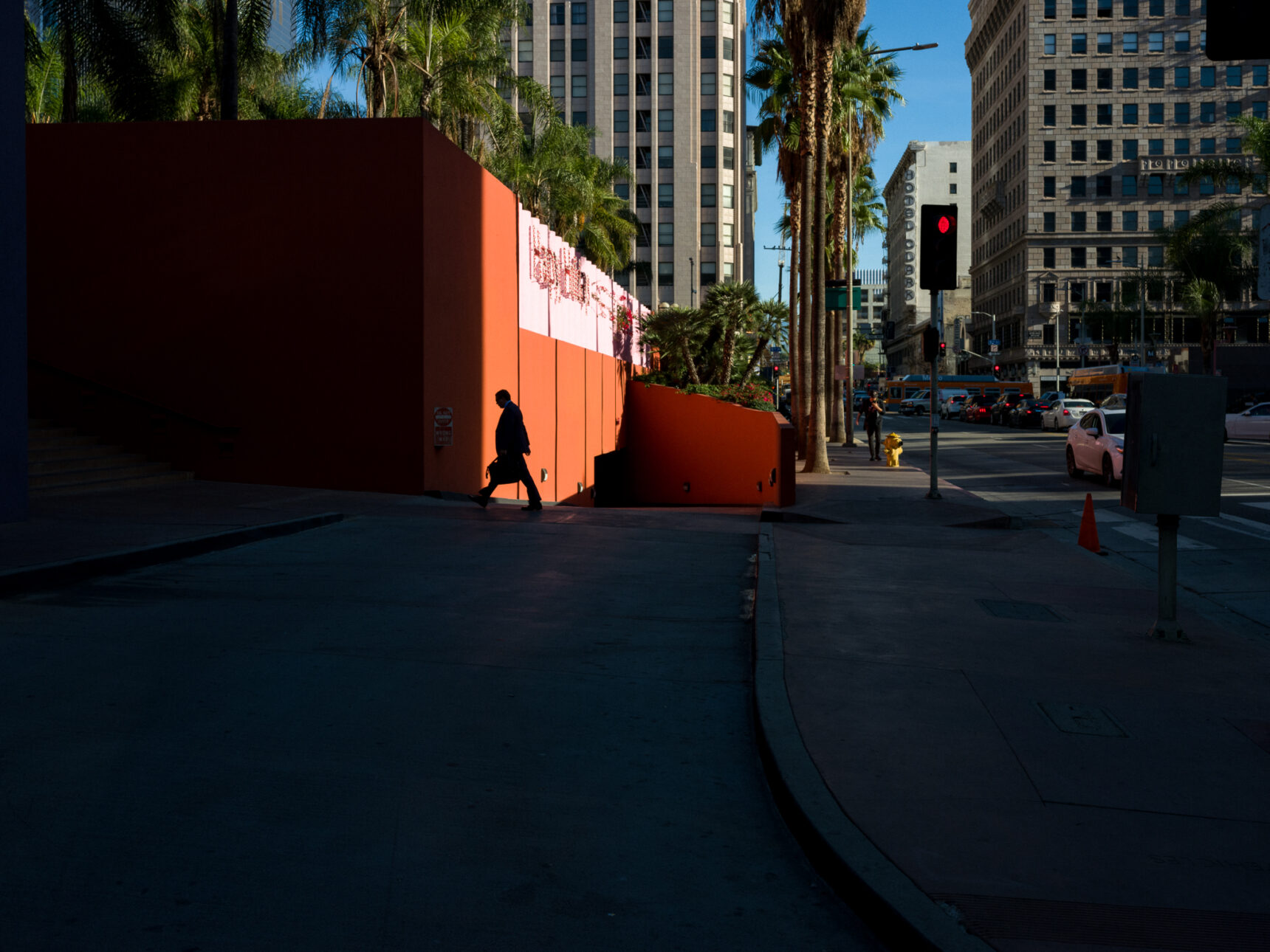
The Fuji GFX’s 51.4 megapixel medium format sensor produces 14 bit raw files with 14 stops of dynamic range. Now, I know every camera manufacturer boasts about they dynamic range of their cameras to the point where we almost take this for granted. But the dynamic range of the GFX is nothing short of amazing.
Take a look at the shot at the beginning of this section. It was shot in the late morning light and even though I exposed for the highlights you can make out detail in the shadows throughout the image. But it’s not just that there’s “detail” in the shadows. The shadows still maintain enough contrast to appear natural and alive. The image has a weight that I just don’t see coming from smaller sensor cameras.
It really changes the way you shoot if you know you have this much latitude. Shots I wouldn’t dream of taking were easily embraced and I found myself looking for more shooting scenarios as a result. I shot at high noon throughout my week in LA and this camera responded with open shadows and beautifully rendered highlights.
The medium format sensor really comes through in the image quality department and the images produced by this camera just “feel” more substantial to me. The gradation of tone is more precise and the resulting images have an almost elegant quality that seems to leap off the screen.
Enough of me talking about it. Have a look at a few more Fuji GFX street photography sample pics for yourself:
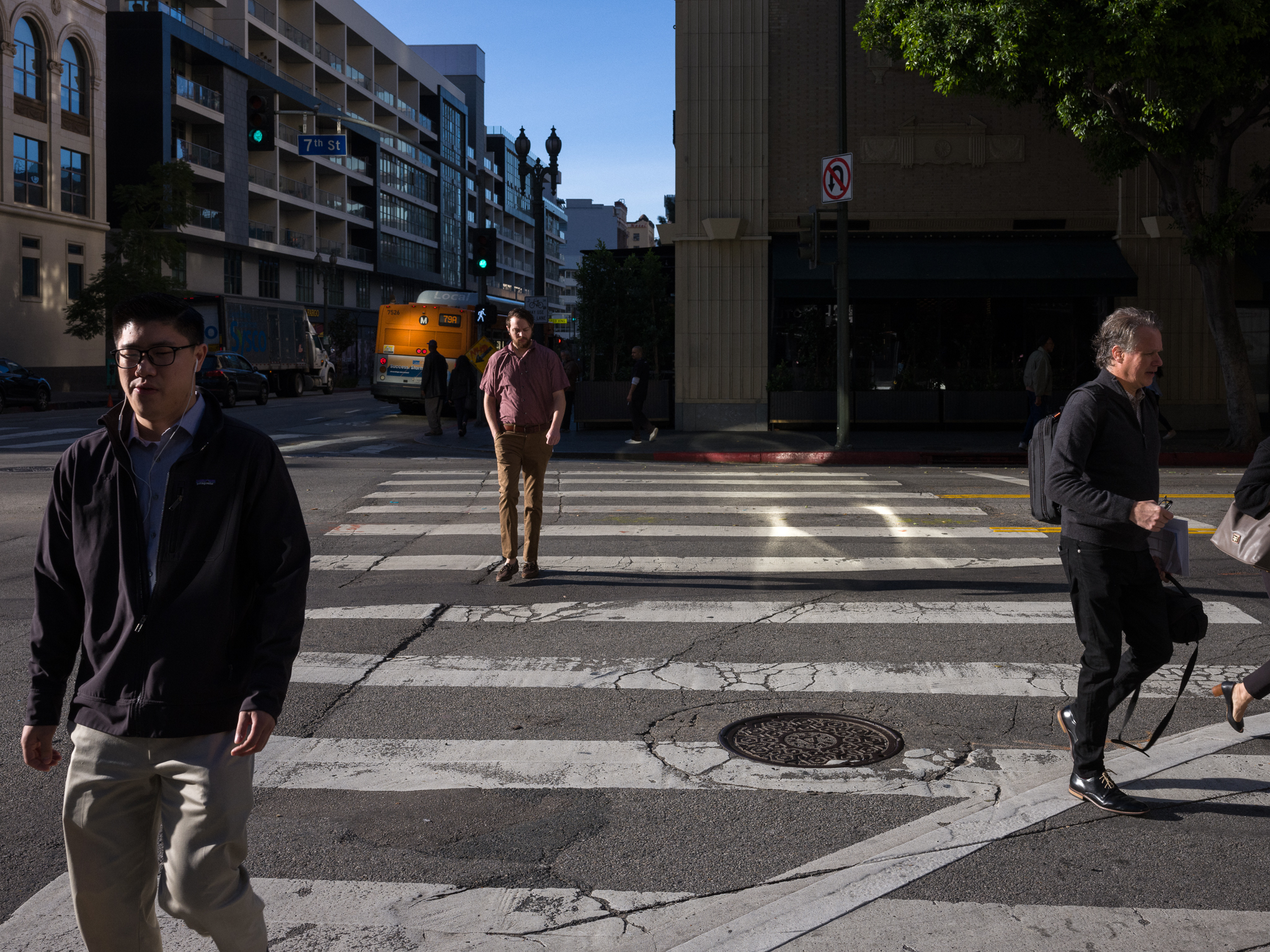
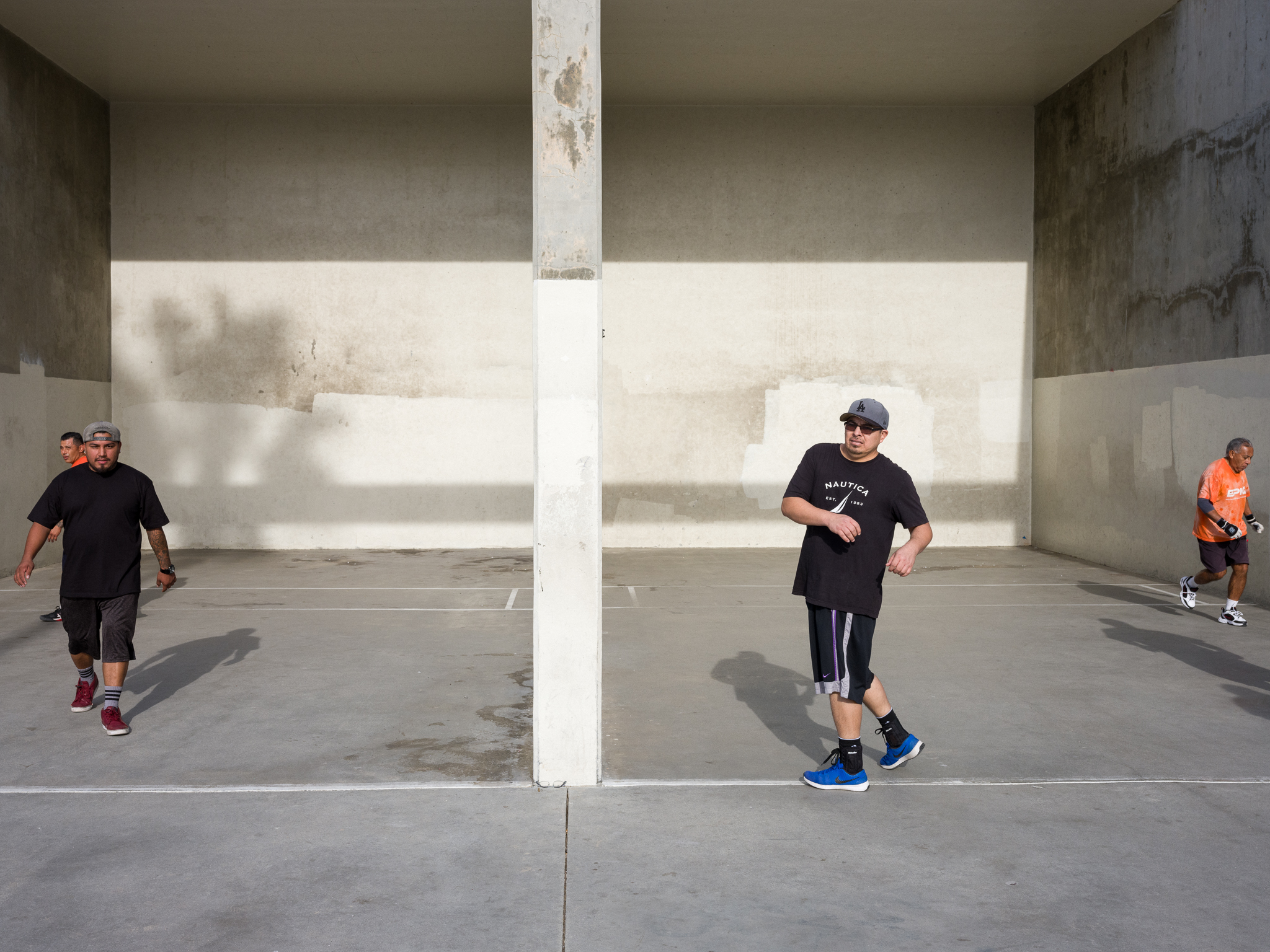
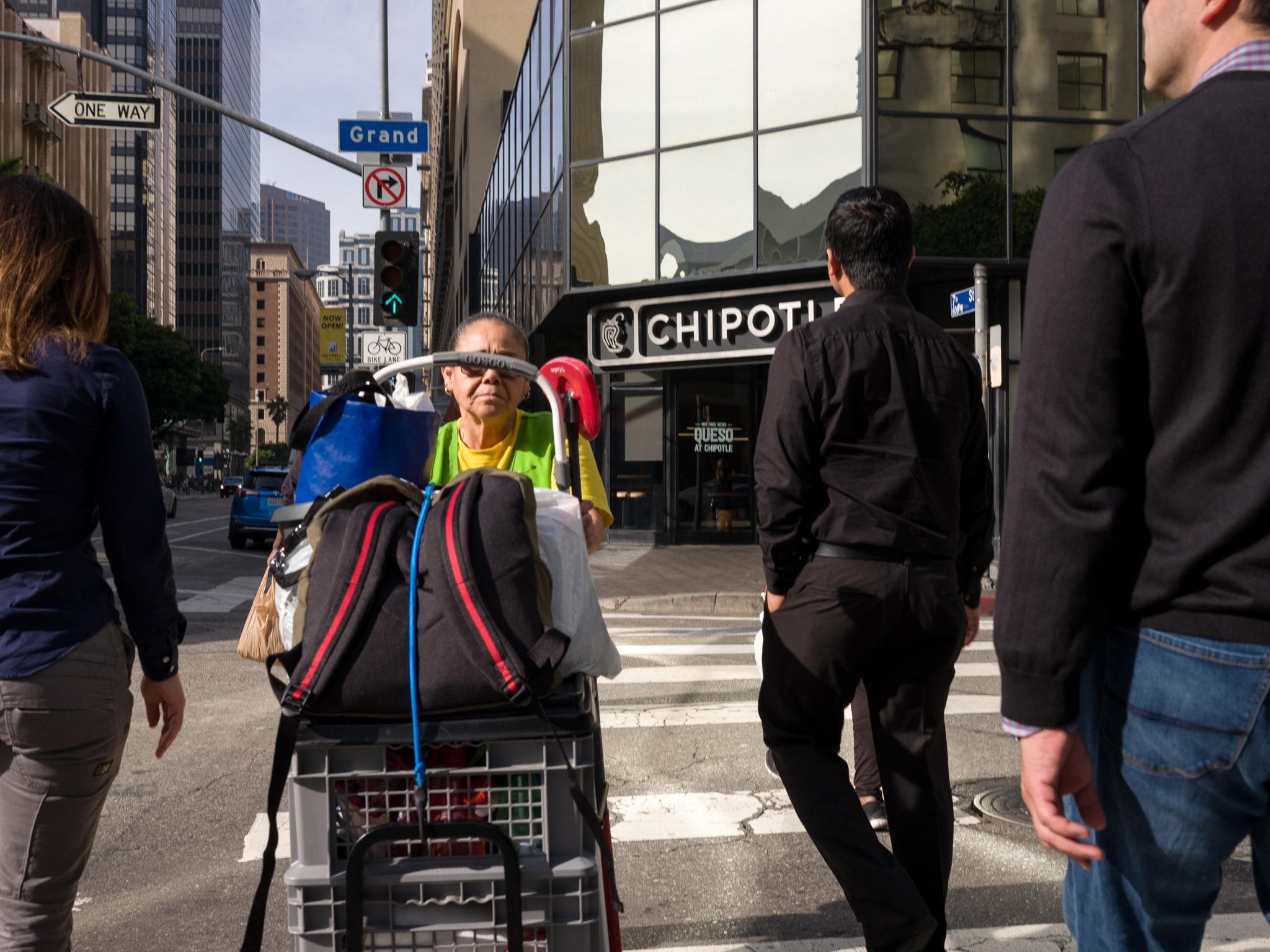
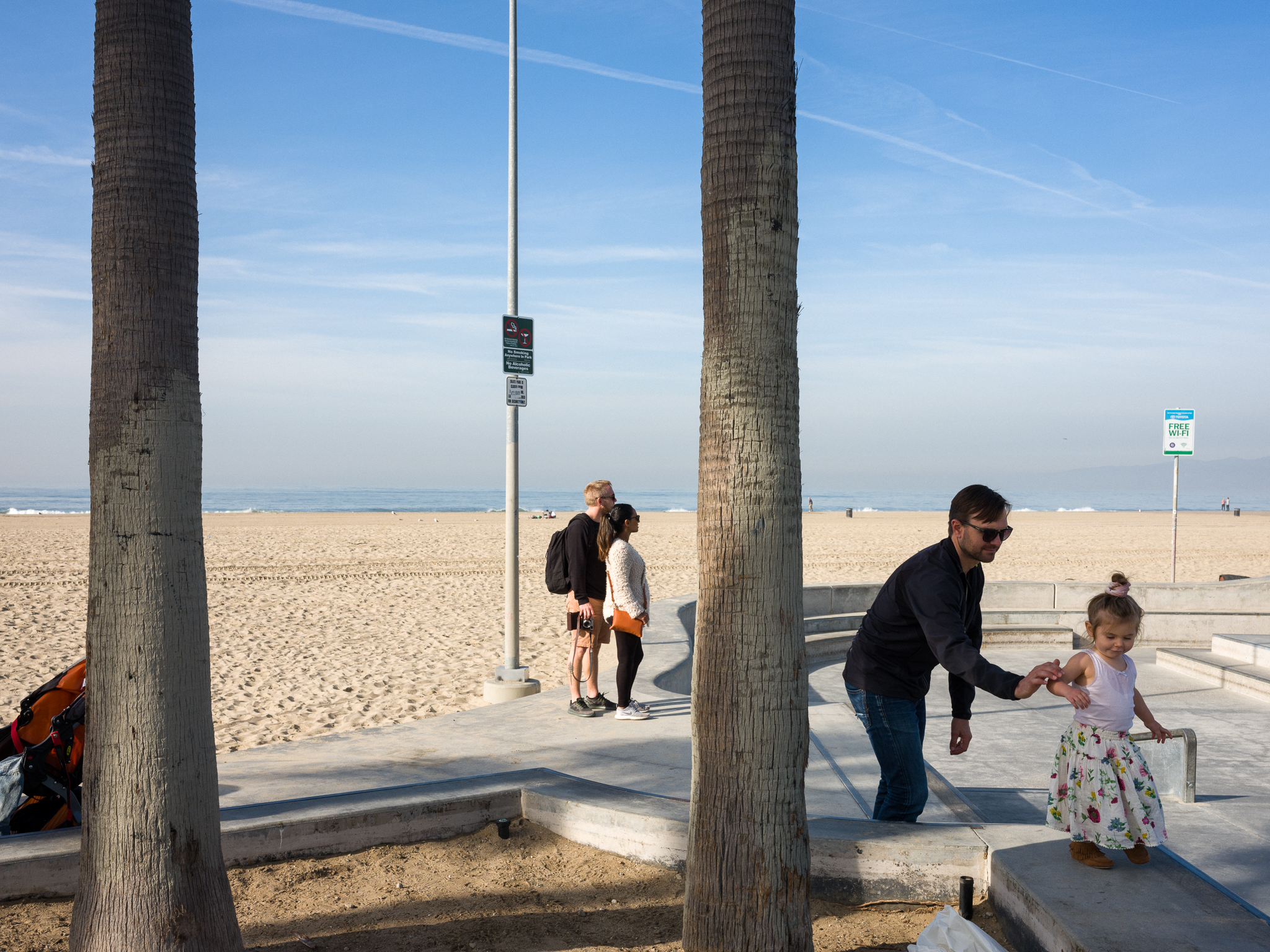
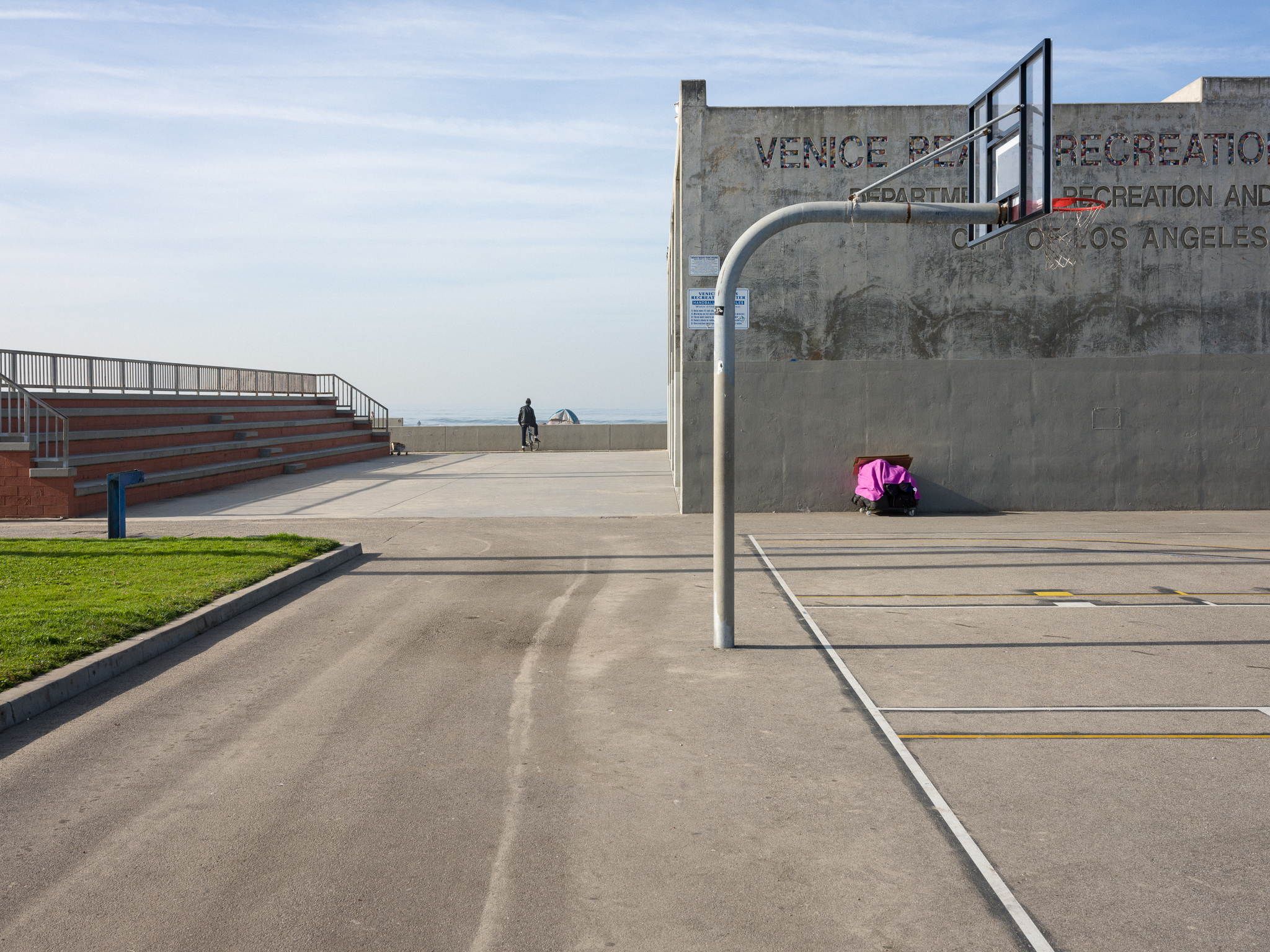
A quick word about my post processing. I shoot everything in RAW and adjust for brightness and contrast in post. Sure, I’ve figured out a couple little tricks over the years but I’m not doing anything that isn’t readily available for any Lightroom user. I’ll cover my post processing workflow in a future video. For now, suffice it to say that I’m in love with what I’m seeing out of the Fuji GFX.
Conclusion
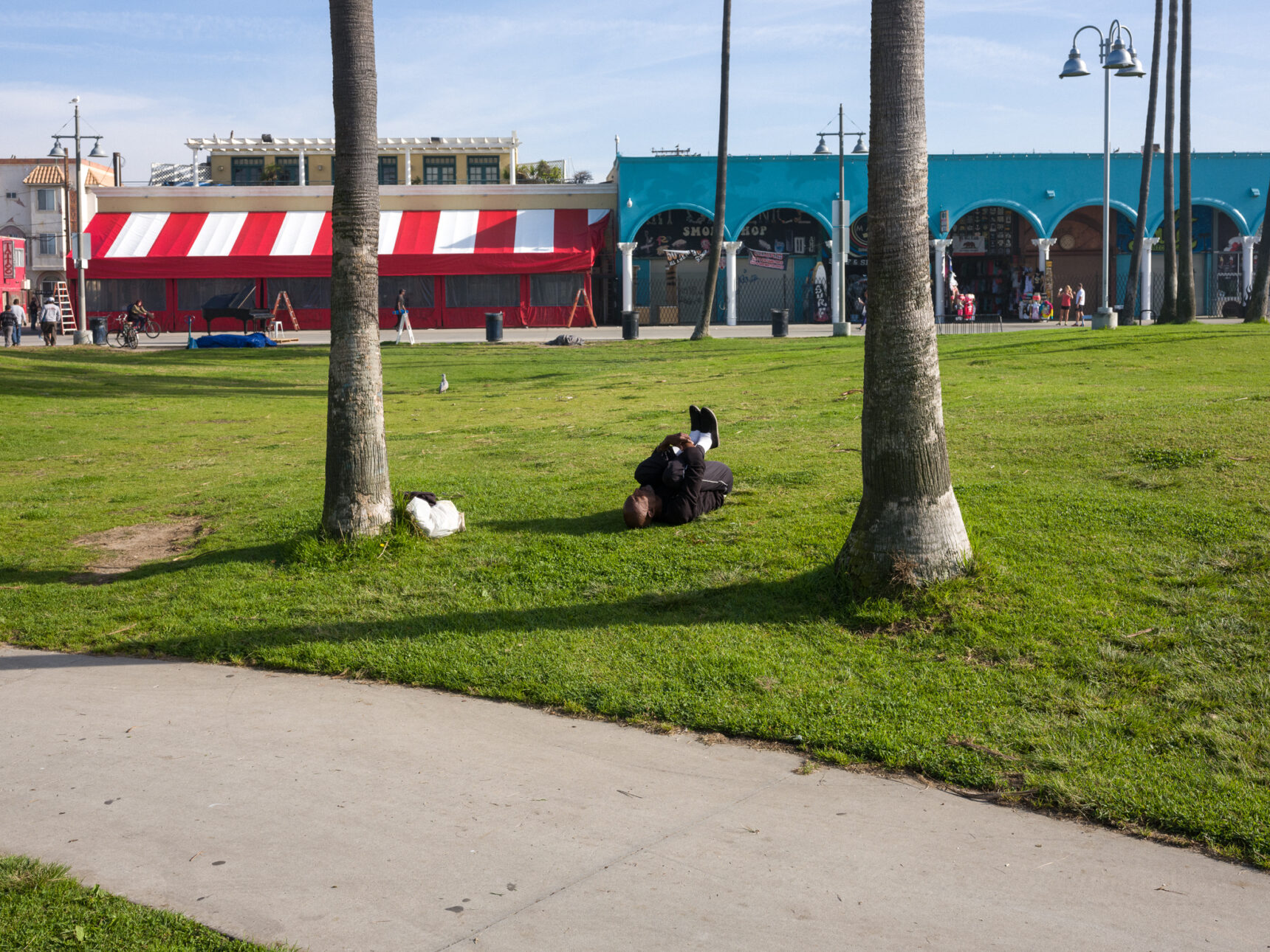
There’s a lot to like about the Fuji GFX but this is an expensive piece of kit. You really have to be married to the idea of digital medium format shooting for this to make sense. But when you consider that this is about the same price as a Leica M10 then it starts to make a lot more sense. Plus it’s a lot more interesting than that crazy Leica that eschews technology for tradition.
From my perspective, Fuji hit it out of the park when they released the GFX. It’s a well rounded shooter and the start of something very promising for the photo industry as a whole.
Bigger really is better.
Fuji GFX Street Photography Pros:
- Digital medium format produces fantastic image quality.
- 14 stops of dynamic range opens up new shooting possibilities.
- Fuji DNA makes this medium format shooter infinitely usable.
- Every photographer you meet will be jealous when they see this thing around your neck.
Fuji GFX Street Photography Cons:
- At the end of the day this is a pretty big camera. Size could be an issue for some.
- Battery life is just okay.
- Shot to shot times could be a little quicker.
All in all this one’s a winner and I wouldn’t hesitate for a moment to reccommend it to anyone looking for a new experience while shooting on the street. Even if you can’t buy one, do yourself a favor and rent it for the weekend. It’s a blast to use!
UPDATE: The Fuji GFX 50S has been replaced with the Fuji GFX 50S II which available from your favorite online retailer:
All images in this review were shot with the excellent 45mm f2.8 lens. Its 35mm (full frame equivalent) field of view will feel right-at-home to most street shooters:
Canadian shooters can find the GFX at Canada’s greatest camera store:
Fuji GFX at CameraCanada.
Fuji 45mm f2.8 at CameraCanada.
Please support StreetShootr and use one of the links on this page if you decide to purchase the Fuji GFX. It costs you nothing extra but I will receive a small commission that helps keep this site alive and growing. Thanks for your support!
What’s your take on our Fuji GFX street photography review. Is there a medium format camera in your future? Or is this more camera than anybody really needs? Post your ideas in the comments below and keep the conversation going!

